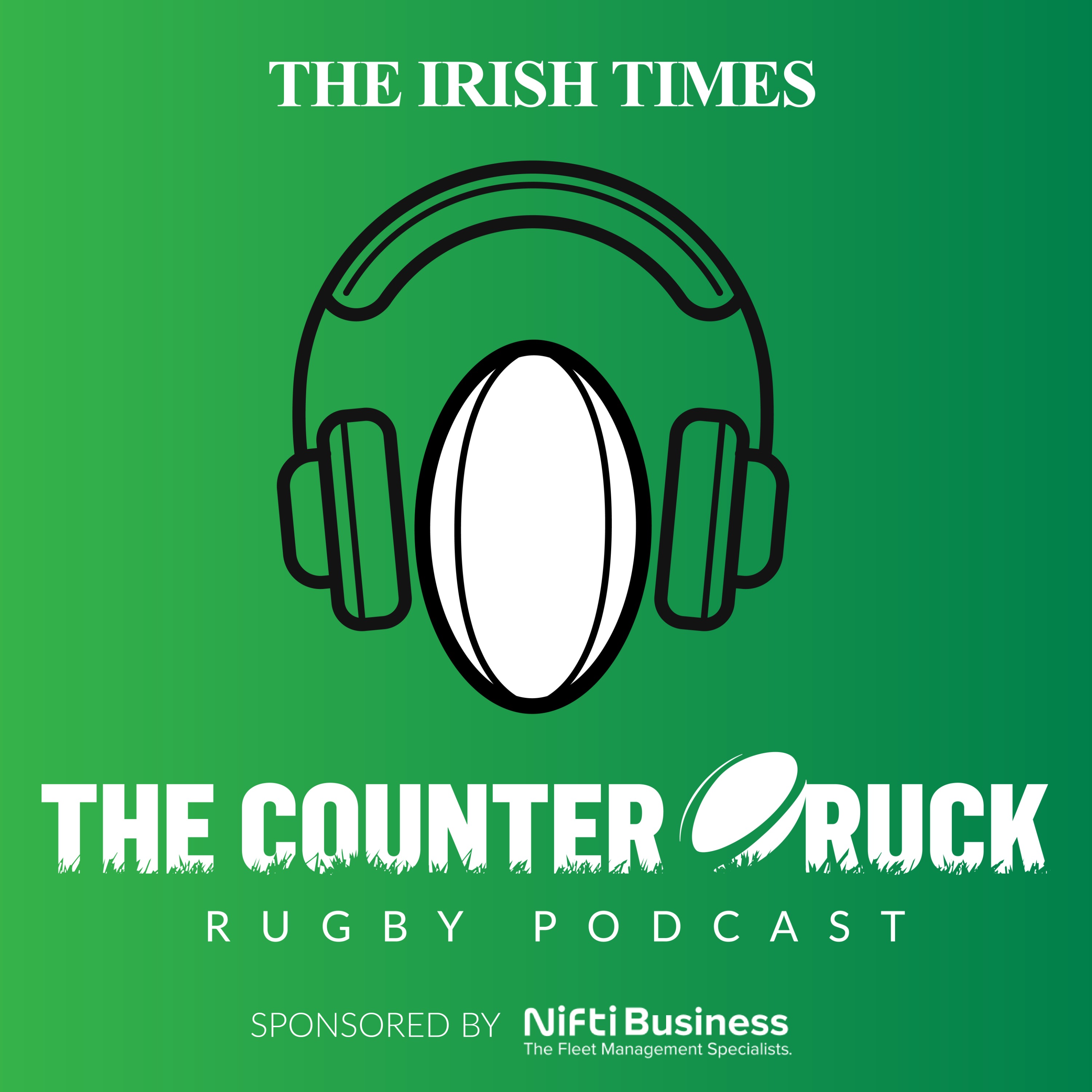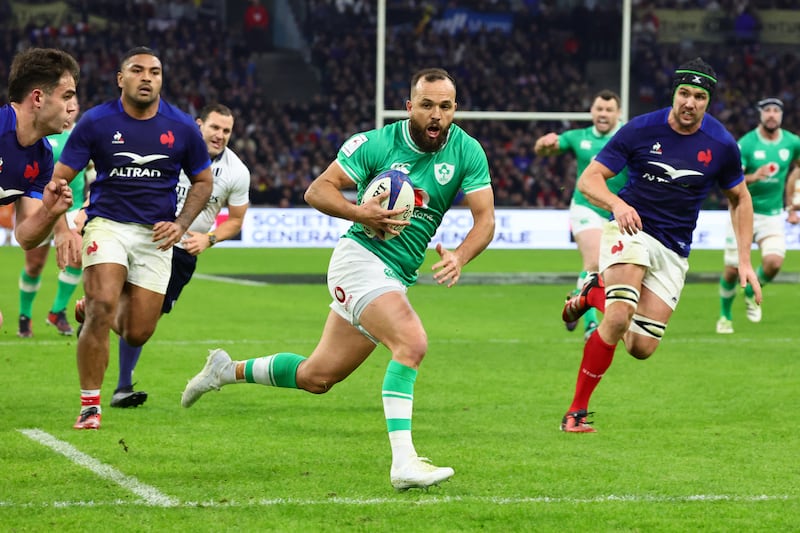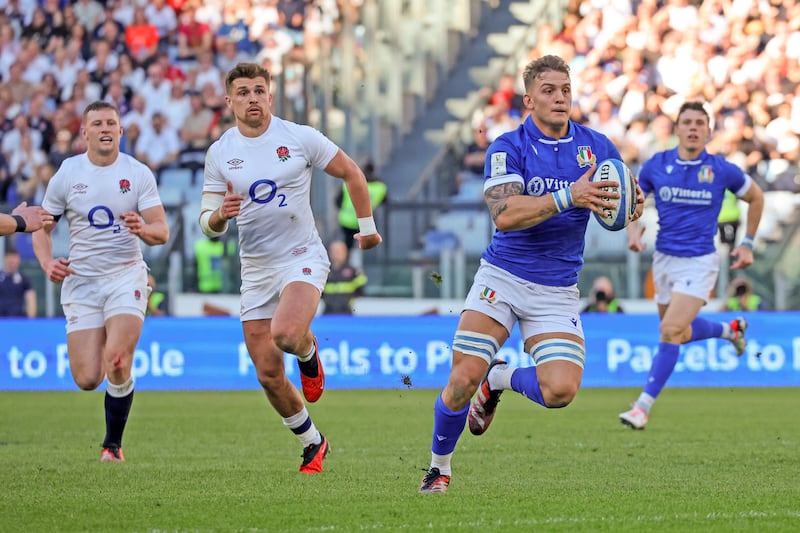I had the pleasure of catching up with my friend and old team-mate Felipe Contepomi earlier this week, which inspired a quick trip down memory lane as we recalled some of the fantastic days we enjoyed together. How we played a game light on structure but with an attacking mindset that was shared right across the backline.
We pursued an attacking style, okay we were gung-ho, occasionally to the detriment of defensive responsibilities, before finally striking the right balance between pragmatism and creativity in 2009, in time to win a first European Champions Cup.
Felipe has succeeded his old mentor at Leinster, Michael Cheika, in the role as head coach of Argentina. The first item on the agenda is to draw a line under their World Cup exit and prepare for the upcoming Rugby Championship in July.
Back when dinosaurs roamed the earth the rugby we played was very instinctive, where most players could concentrate on the ‘next moment’ and a select few would be able to bend the game to their will, astute in decision-making.
They had a feel for the game, an appreciation of when and how to react to a shift in momentum either for or against their team: going to a maul, making a great defensive read, kicking to space, or undoing the opposition with a killer pass.

Ireland's magic night in Marseille
Rugby today is still heavily structured, with plenty of systems and shapes on the field for players to lean on without having to think and look for themselves. I do think we are tacking in the right direction in how our top-end players are being encouraged to think, approach, and play the game.
Felipe summed this up brilliantly when he talked about the principles that we use within a game, and getting people aligned. The DNA of a team or country is important, and so are the styles and capabilities of the players at your disposal. The best coaches find a way to bring all of these elements together for their team to be able to express themselves. The approach should fit the players.
Ireland managed to create a bit of history in Marseille while France are currently hiding behind the extenuating circumstance of a red card. The Irish team is very well coached, their opponents last Friday night were dogged by poor selection at best, or at worst poorly coached in the specifics of what was required.
France kick the ball more than most teams, a point reinforced by defence coach Shaun Edwards, who was very direct and unequivocal in telling his players to kick the ball in their own half during the Six Nations documentary. The home side floundered, their approach was disjointed, running when they should have kicked and vice versa.
The halfbacks, Maxime Lucu and Mathieu Jalibert, picked on their club form for Bordeaux, never really settled into the match as if they were saddled with a game plan that was alien to their natural instincts or the ones that allow them to thrive at club level.

Antoine Dupont would leave a void in any team but an immediate problem for France might be recognising that the game plan might need a tweak in his absence. Even before Paul Willemse’s red card, the warning signs were ominous. Ireland had picked up exactly where they left off from the World Cup with high-tempo rugby.
Jamison Gibson-Park demonstrated his importance to Ireland’s style as a creative fulcrum, something that is more prevalent in the modern game. There are a few new wrinkles in approach, but the core patterns remain the same, quick ruck ball to get over the gainline. Rugby is a simple game.
Jack Crowley shared some of the game management responsibilities with team-mates but wasn’t shy in finding his own voice. It was a good example of a young player understanding the flow of a match, recognising that the Irish attack was getting the upper hand.
He was actively trying to engage defenders to try to create a mismatch in the heart of the French defence. Tadhg Beirne was the ultimate beneficiary when Peato Mauvaka couldn’t resist the temptation to shoot up on Crowley, the Innishannon native slipped his team-mate through the gap.
The modern outhalf needs to be able to play at the line, Scotland’s Finn Russell a good example of that and, in many respects, England’s George Ford an antithesis in the way he played in the win over Italy. The English system is built around a shape that’s very rigid in structure and reminiscent of a rugby league-style sweeping attack.
The lack of threat posed by Ford with ball in hand when compared to other 10s in the Six Nations made England a little easier to defend against. Tommy Freeman’s footwork and acceleration was the pick of England’s attack, the rest looked very predictable for the most part.

Italy played with accuracy, pace and even a little pragmatism as new head coach Gonzalo Quesada appears to have a buy-in from his players. The Italians scored two superb tries in the opening half and left another two opportunities on the pitch, correct decision but an accuracy malfunction.
Italy boast some fine young talent led by the Garbisi brothers, Alessandro and Paolo at halfback, Tomasso Menoncello in the centre and Lorenzo Cannone in the backrow. On the facts of the performance metrics from the England game they have improved immeasurably since the World Cup.
This weekend’s match might be a bit out of reach for the resurgent Italians, but Quesada will want at the very least to see a continued development in style and substance.
Under Andy Farrell the potential for a banana-skin performance on Sunday at the Aviva Stadium seems far removed, the next man up philosophy is set to be deployed this weekend with a couple of changes to the starting team.
I expect the Italians to stress their hosts but when it comes down to principles, decision-making and execution, Ireland are on a different path right now.






